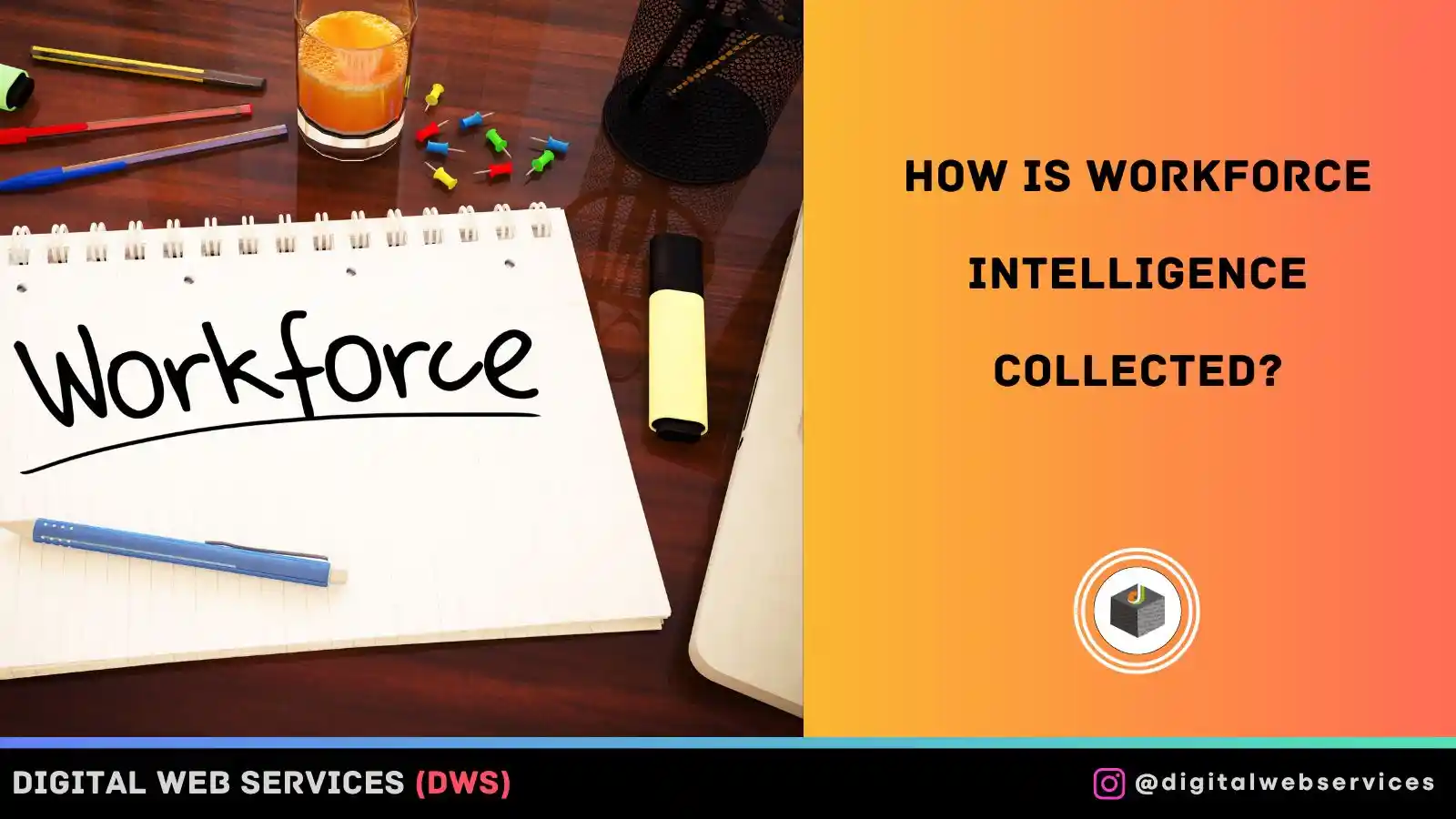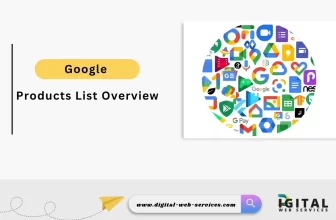
Good business decisions rely on accurate information. Investors and asset managers need data to evaluate a potential investment. Business leaders need data to keep their teams competitive. Good workforce intelligence takes much of the guesswork out of your business decisions, but where does it come from?
Publicly Available Data About Companies
Workforce intelligence begins with publicly available data. If you know where to look, many public records provide valuable data about a company. Here are five public sources of workforce data:
Professional Profiles
Many people from all over the business world keep up-to-date professional profiles. A profile makes it easy for employers to learn about a professional’s skills and experience. They also make it easy to learn about the companies of those professionals for whom they have worked.
Professional profiles are an excellent way to build connections between employers, job titles, and employee skills. A well-written professional profile clearly shows a person’s work experience. Multiple professional profiles show how a company or industry’s workforce has changed over time.
Job Listings
The job listings published by a company are a good source of information about what companies seek in their staff. Job postings reveal information about job titles and the skills that employers associate with those titles. Job postings are the reflection of a professional profile.
Many job postings also provide information about a company’s priorities. The skills a company lists as necessary and preferred offer insight into which skills are more highly valued by a company.
Job postings frequently connect salary information with job titles and associated skills. This salary data provides information about what specific skills and job titles are worth in a company’s industry.
Employee Sentiment
Certain websites provide opportunities for employees to review their employers. Reviews like these often provide information about a company’s internal culture.
Whether glowing or critical, employee reviews also show how a company does what it does. Individual reviews should be taken with a grain of salt, but over time the reviews employees leave offer clues about a company’s operations. This is information that provides insight into a company’s strengths and weaknesses.
Government Data
Government agencies are another valuable source of publicly available data. Regulatory commissions, labor bureaus, and immigration agencies are just a few government entities that routinely interact with the business world.
Government licensing records offer information about some of the skilled professionals that a company employs. Census and immigration records provide data on how workforce demographics apply to a company’s staff. These are just a few examples of the publicly available employment and labor statistics that government agencies produce.
Firmographic Data
The term “firmographic data” covers many public data sources. Publicly traded companies produce a wide variety of publicly accessible information about their operations. Stock performance and trends, merger and acquisition records, and a company’s websites all provide information about that company.
These sources provide information about the company’s performance, size, location, and other factors that impact its workforce. This publicly available information can be used in workforce intelligence data.
Creating Workforce Intelligence From Public Data
Many valuable workforce data sources exist, but data isn’t intelligence without proper and professional analysis.
Filling Gaps in the Data
No data set is perfect. When gathering data, you may come across unlisted job openings, outdated professional profiles, and delayed reporting which creates holes in the data.
It is possible to fill these holes using various statistical modeling techniques. Comparing data collected from multiple sources allows analysts to adjust for any gaps in the data.
Comparing employment dates on professional profiles with job listings, labor statistics, and other sources can help compensate for unadvertised job listings and inaccurate professional profiles.
Comparing Data To See the Big Picture
Workforce intelligence is about finding connections. Combining data from multiple sources reveals a company or industry’s workforce patterns. These patterns offer a big-picture view of a company’s workforce trends.
Accurate Workforce Intelligence Is an Advantage
Collecting accurate workforce intelligence is a significant advantage in the business world. It helps investors and asset managers better predict a company’s performance in the market. Understanding the competition’s workforce also helps business leaders improve their operations. Look for a reliable source of workforce data to help improve your business decisions today.
Digital Web Services (DWS) is a leading IT company specializing in Software Development, Web Application Development, Website Designing, and Digital Marketing. Here are providing all kinds of services and solutions for the digital transformation of any business and website.










